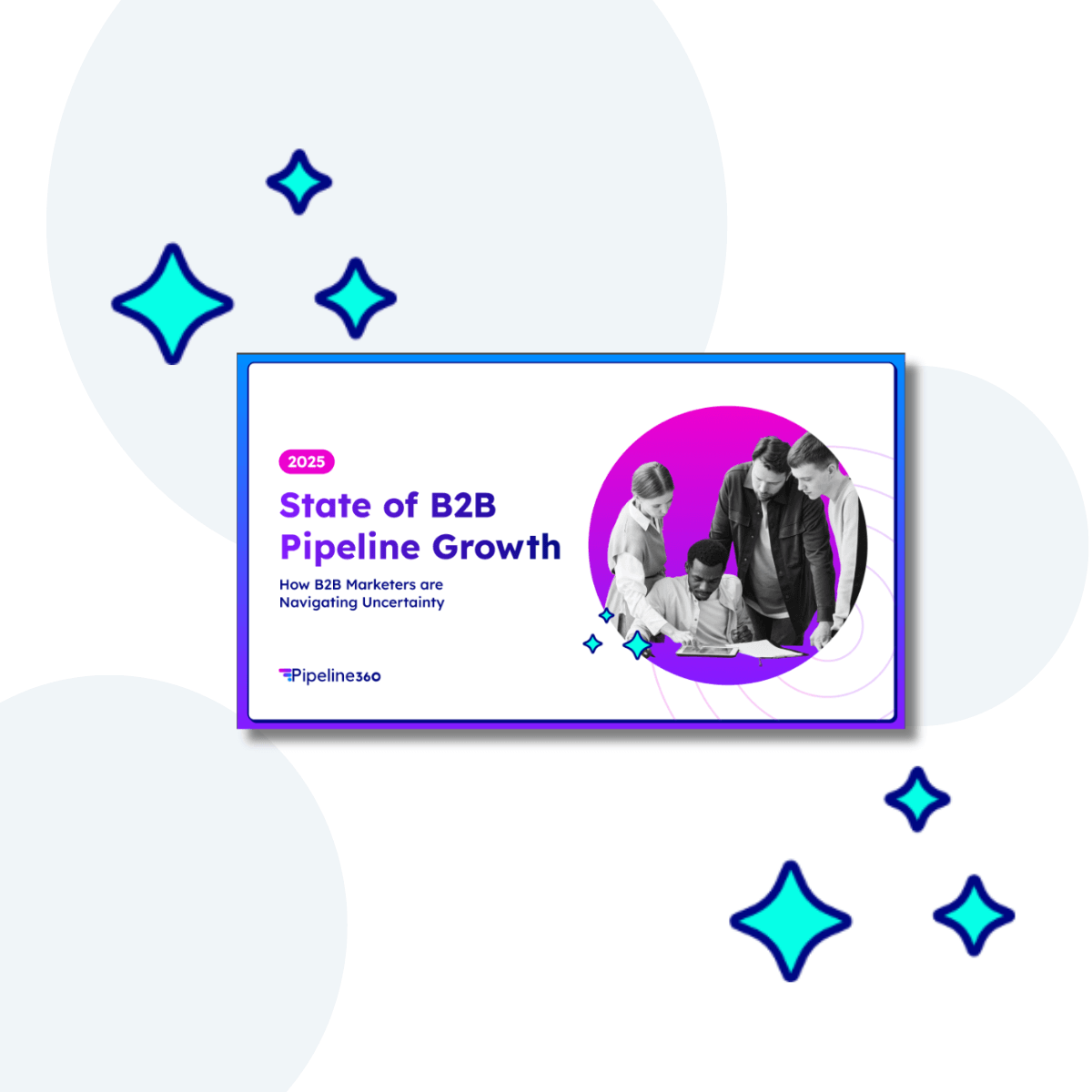Ever feel like your amazing content is hiding in plain sight? Despite all your hard work, it might seem like your audience just isn’t noticing. Here’s where content distribution comes into play.
Content is king, but it only wears the crown if people see it. For B2B marketers, leveraging content distribution is crucial. According to the Content Marketing Institute, a robust content distribution strategy can boost your engagement by up to 300%.
In this blog, we’ll walk you through the importance of content distribution, showcase the types of content you can share, and explore various content syndication channels to ensure your messages get through to your audiences.
Why content distribution is important
Creating content is just the first step of a long marathon. Remember, content is only impactful if it’s read. The digital world is crowded with millions of blogs, articles, videos, and social media posts being published daily. Without a solid distribution plan, your carefully crafted content can quickly get lost in this sea of information.
When you distribute content effectively, you’re not just posting it online; you’re strategically placing it where your target audience is most likely to see it. This increases visibility, reach, and ultimately engagement. Think of it this way—content distribution is like sending out invites for a party. If you send those invites to the wrong address or if an email invite gets flagged as spam, they’ll never reach your intended guests. But if you send out invites that reach your guests where they are and get opened, your guests will RSVP and many will likely attend the party.
By having a content distribution strategy in place, you maximize your return on investment (ROI), making every piece of content work harder for your business.
Types of content you can distribute
Blog posts and articles: Blog posts and articles are the bread and butter of content marketing. They provide valuable information and establish your authority in your industry. Distributing these types of content can drive traffic to your website and improve your search engine rankings.
E-books and whitepapers: E-books and whitepapers go deeper than blog posts, offering in-depth insights and comprehensive information. These long-form pieces are excellent for lead generation, as they typically require readers to provide contact information in exchange for access.
Infographics and visual content: Visual content, such as infographics, is highly shareable and can simplify complex information. They can be distributed via social media, email newsletters, and even embedded in blog posts to enhance your content’s appeal.
Videos and webinars: Video content is on the rise and for good reason. Videos and webinars engage your audience in a way text often can’t, providing a dynamic and interactive experience. Distributing video content through platforms like YouTube, LinkedIn, Instagram, TikTok, and your website can significantly boost engagement. In fact, many social platforms prioritize video content in their algorithms.
Social media posts: Social media remains a powerful tool for content distribution. These platforms allow you to reach a broad audience and can be used to share blog posts, infographics, videos, and more. Tailor your content to each platform’s unique audience for maximum impact.
Channels for content distribution
Your website and blog: The first stop for any content distribution strategy should be your website and blog. This is your home base, where you can control the user experience and collect valuable data on your audience’s behavior.
Email newsletters: Email newsletters are a direct line to your audience. Use them to share your latest content and highlight key insights. Personalized email campaigns can significantly boost your engagement rates.
Social media platforms: Different social media platforms cater to different audiences, so it’s essential to tailor your content accordingly. LinkedIn is perfect for professional, B2B content, while Instagram, Facebook, and TikTok can be great for more visual and casual content. Twitter allows for quick updates and interactions.
Paid promotions: Sometimes, organic reach isn’t enough. Paid promotions, such as sponsored posts and pay-per-click (PPC) campaigns, can amplify your content’s reach, targeting specific demographics and interests. This ensures your content gets in front of the right eyes.
Guest blogging: Writing guest posts for reputable blogs in your industry can enhance your reach and credibility. It allows you to tap into an established audience and drive traffic back to your site.
Content syndication: Syndicating your content through a network of publishers can expose it to a wider audience and increase its reach. Content syndication ensures the right people see your content, even if they’ve never heard of you, by republishing assets beyond your company’s website, blog, LinkedIn, or social media accounts.
Moving forward
In the end, content distribution is just as critical as content creation. By focusing on a robust content distribution strategy, B2B marketers can amplify their reach, engage their audience, and maximize ROI. Think of it as the secret sauce that makes your content not just seen, but remembered and acted upon.
Start by examining your current distribution efforts and identifying areas for improvement. Whether you’re leveraging social media, email newsletters, or using content syndication, each channel has its unique benefits. And remember, the right content in the right place can transform your audience’s engagement and your brand’s success.
Ready to take your content distribution strategy to the next level? Reach out to our team to learn more.




